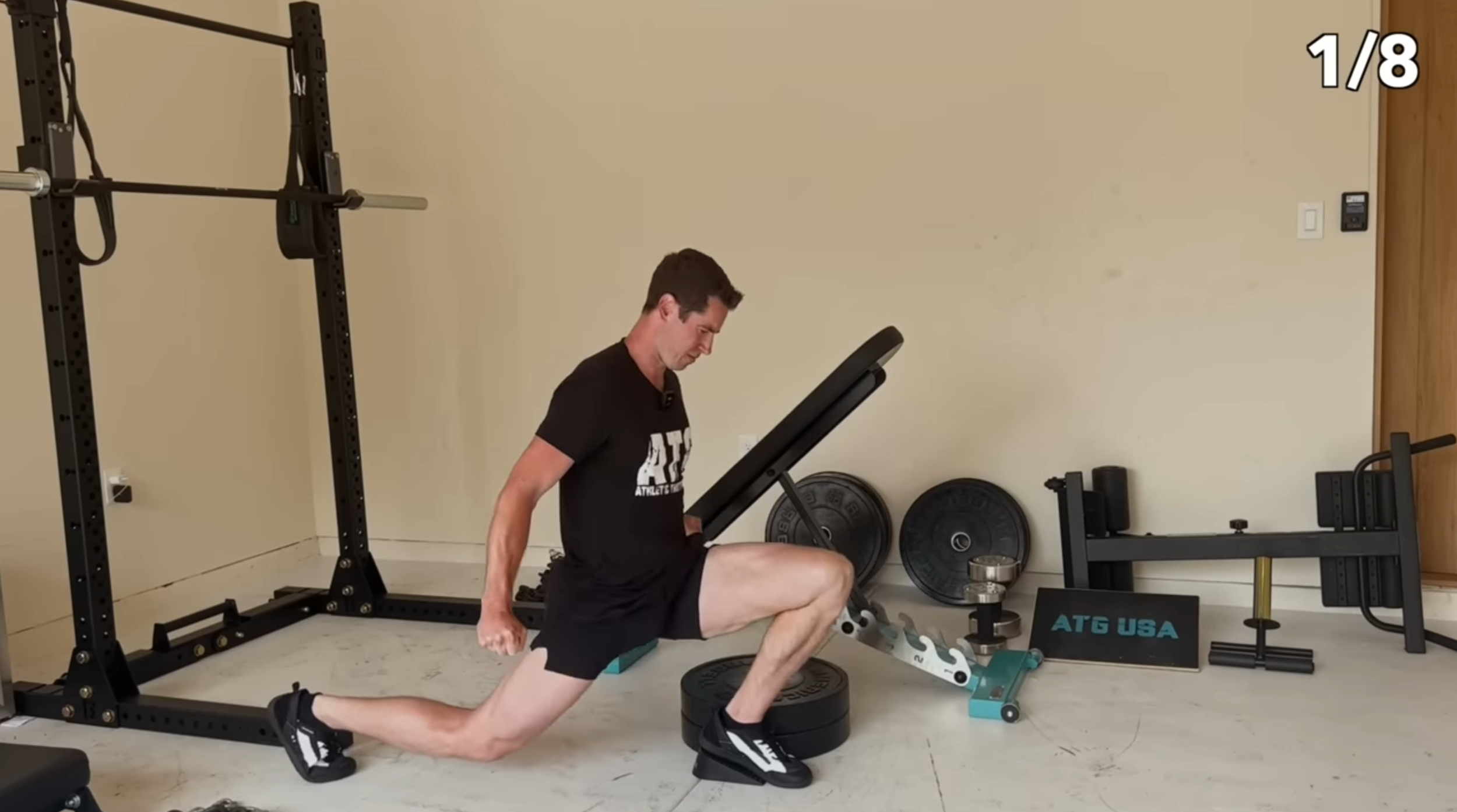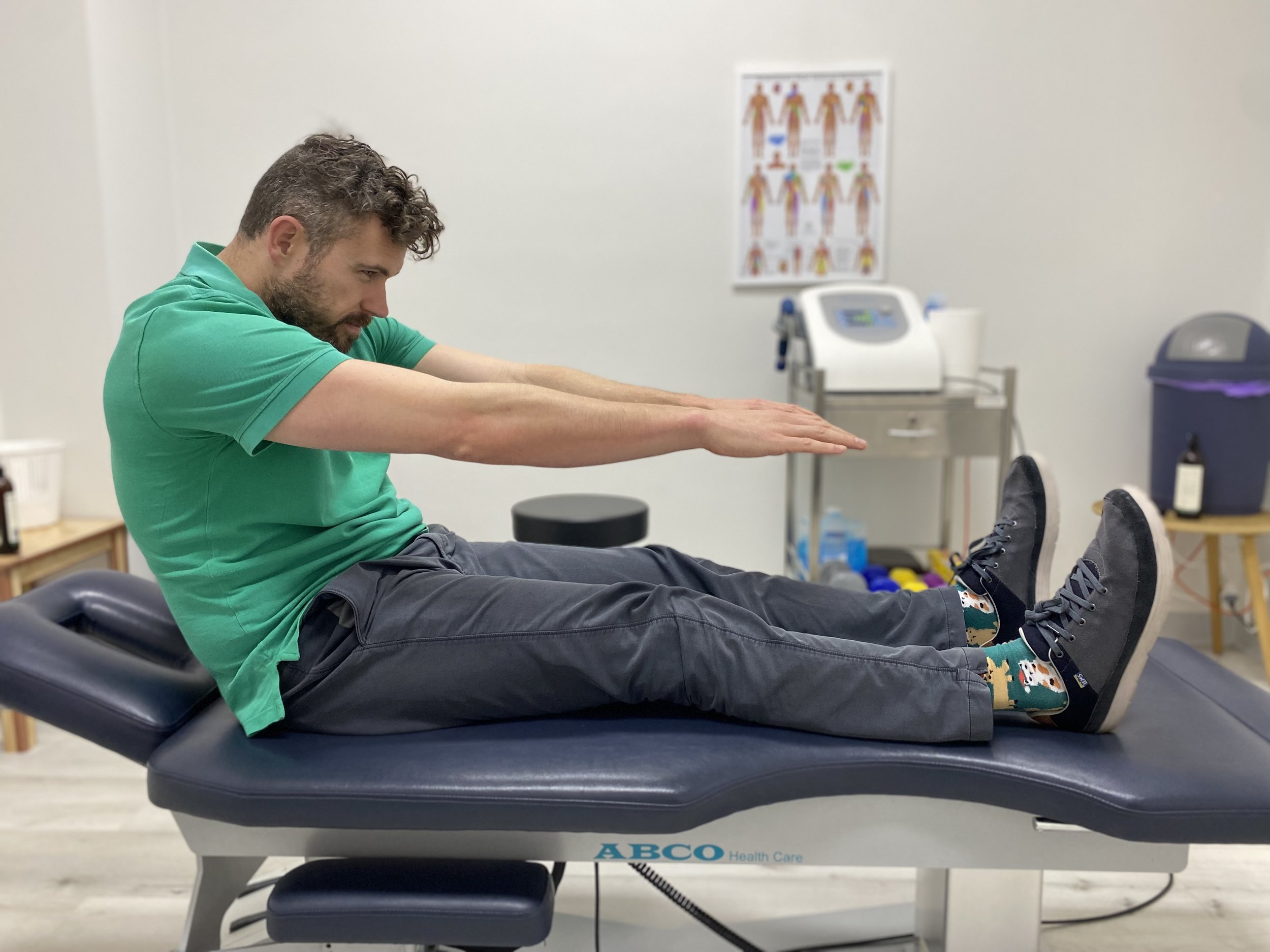ATG
The Kneesovertoes Guy
What is ATG?
My Story
How We Help
What is ATG?
The ATG System was developed by Ben Patrick, better known as "Kneesovertoes Guy". He is a fitness influencer, coach, and entrepreneur known for his uncommon approach to training and rehabilitation.
Ben's core philosophy revolves around developing strong, resilient, and functional bodies through their full range of motion, targetted and pain free movements. No matter your history, he advocates that anyone can make massive improvements to their life and pain.
Some of the key elements are:
Conditioning Connective Tissue: All of the exercises that Ben recommends in the ATG system are to condition and heal connective tissue first. With many of the exercises the connective tissue will ‘fail’ before the muscles do.
Joint-Friendly Exercises: The ATG system emphasize exercises that are healthful for the joints. Ben suggests that by taking a joint through it’s fullest range of motion stimlates structures within the joints to heal and repair damaged tissues. He backs this claim up with research evidence.
Full Range of Motion: The ATG system advocates for training through a full range of motion (ROM) to improve joint health and mobility. He believes that working on mobility and flexibility is as important as building strength.
Evidence-Based Practices: Ben combines his personal experiences with evidence-based practices in exercise science and rehabilitation. He often will refer to other fitness experts and ‘outliers’ who stood for and embody a less common approach to fitness and wellness.
Quad Dominance vs. Posterior Chain: Traditional fitness models often focus on developing the quadriceps while neglecting the posterior chain (hamstrings, glutes, calves). Ben’s ATG model aims to correct this imbalance by incorporating exercises that strengthen the hamstrings through the full range of motion
Tibialis Anterior Training: Ben's programs often include exercises targeting the tibialis anterior muscle, which runs along the front of the shin. Strengthening this muscle is traditionally prescribed to help improve ankle stability and reduce the risk of shin splints. He places special emphasis on this muscle as it has the potential to completely change how we load our lower limbs and distribute forces. For many people this muscle is never targetted.




